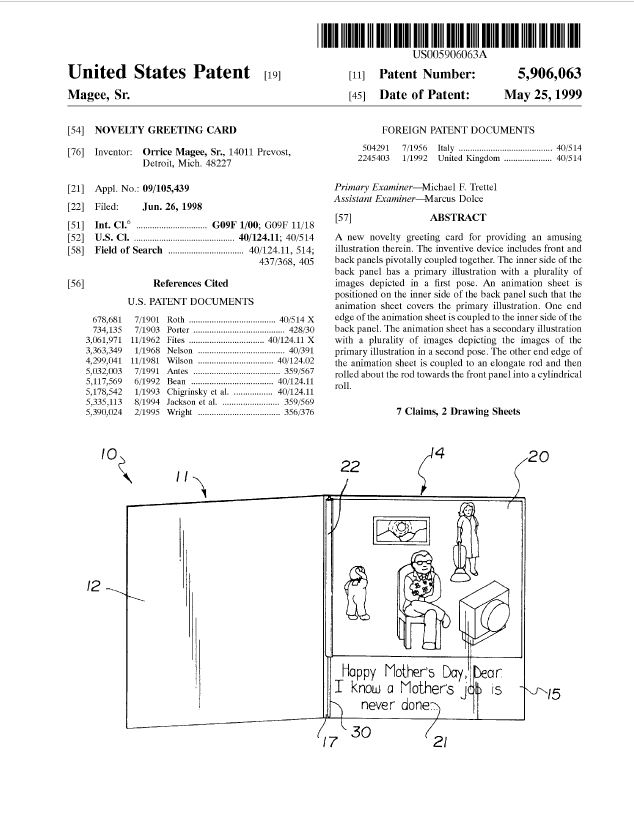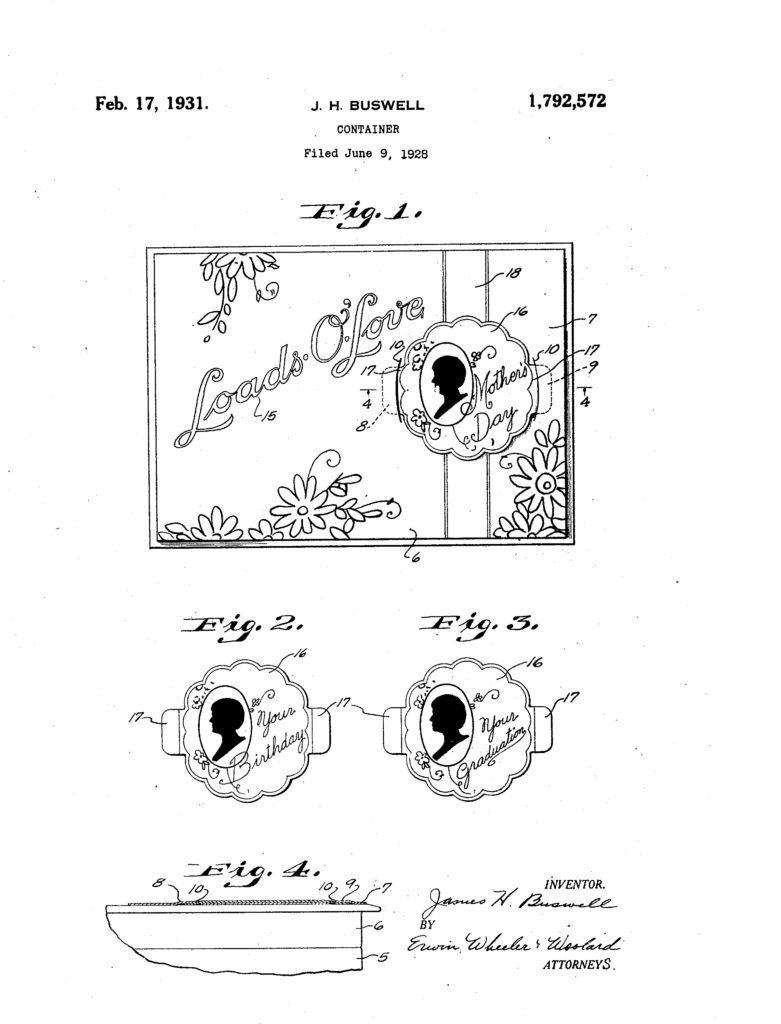In Cobalt Boats, LLC v. Brunswick Corp., [2018-1376] (May 30, 2019), the Federal Circuit, in a NON-PRECEDENTIAL decision, the Federal Circuit reversed district court judgment of nearly $5.4 million for willful infringement of U.S. Patent No. 8,375,880 on a swim step for boats.
The claims at issue required a step “capable of being rotated 180° between a stored position . . . and a deployed position.” It was undisputed that the accused boat step did not rotate 180°. The Federal Circuit began with the fact that while the parties disagreed on the claim construction, the court did adopted the patent owner’s position, holding that the “180 degrees” limitation should be given its “plain and ordinary meaning” and rejecting Brunswick’s proposed construction. The Federal Circuit observed that it is not appropriate to leave to the jury the task of resolving claim construction disputes.
The Federal Circuit found that the “180 degrees” limitation required that the step be capable of rotating at least 180 degrees, not merely “flipping over” as the patent owner contended. The Federal Circuit said that where a precise value is included in the claim without a term such as “about,” it interprets the claim language as imposing a strict numerical boundary, absent evidence that such a construction would be inconsistent with the intrinsic evidence. The Federal Circuit said the claim does not use “about,” which suggests that 180 degrees serves as a precise numerical boundary for the minimum rotation of the step, and the intrinsic evidence did not suggest a different construction. The Federal Circuit construed the 180 degrees limitation to require that the swim step be capable of rotating at least 180 degrees, which meant that a step that can rotate at most 179 degrees would not meet the limitation, while a step that can rotate 181 degrees would.
The Federal Circuit rejected the argument that the 180 limitation way merely a way of saying the steps flipped, noting that the claims also said that the steps flipped, so such a construction would make the 180 limitation redundant.
Based upon its construction of the 180 degree limitation, the Federal Circuit concluded that there was no literal infringement. With respect to infringement under the doctrine of equivalents, the Federal Circuit found that the claims were limited by prosecution history estoppel since the 180 degree limitation was added to obtain allowance of the claims. The Federal Circuit rejected the patent owners argument that estoppel did not apply since the limitation was added to overcome prior art that only rotated 90°, noting that the scope of disclaimer is measured by the difference between the original and the amended claims, not the difference be-tween the amended claims and the prior art that was avoided through the amendment, this is particularly true where the claims are amended to include a specific numeric boundary.
Reversing the finding of literal infringement and infringement under the doctrine of equivalents, the Federal Circuit reversed.
This case highlights the importance of having some wiggle room on numeric limitations in claims. Also the opinion is non-precedential, the Federal Circuit cited several cases illustrating the importance of Wiggle words, such as “about.” Jeneric/Pentron, Inc. v. Dillon Co., 205 F.3d 1377, 1381 (Fed. Cir. 2000); Pall Corp. v. Micron Separations, Inc., 66 F.3d 1211, 1217 (Fed. Cir. 1995);and Elekta Instrument S.A. v. O.U.R. Scientific International, Inc., 214 F.3d 1302 (Fed. Cir. 2000).


